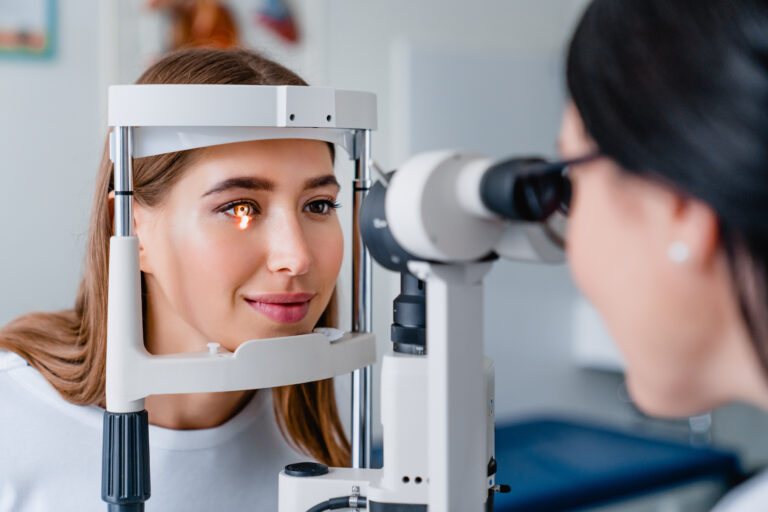Laser eye surgery is considered an elective procedure in Australia, and is therefore not covered by Medicare. This means you’ll either need to find a policy that specifically covers laser eye procedures, or you’ll be left to foot the (often hefty) bill yourself. Bear in mind that laser eye surgery isn’t included in most private health insurance policies, so you’ll need to do your research if this is a must-have.
With that being said, some private health policies do in fact have benefits for laser eye surgery, the extent of which may vary between providers. Take a close look at the policy’s Product Disclosure Statement (PDS) and speak directly with your insurer to understand the specific terms and coverage limits for laser eye procedures.
It’s also worth noting that even if a policy does provide cover for laser eye surgery, it might not cover the entire cost. You could still be left with high out-of-pocket expenses, and insurers will also impose waiting periods before you can claim any benefits for this elective procedure.
The cost of laser eye surgery depends on several factors, including where you are located (i.e. how much your preferred laser eye specialist charges), whether surgery is needed for just one or both eyes, as well as the specific type of surgery you want (such as PRK, LASIK or SMILE).
On average, you can expect to pay between $2,500 to $3,500 per eye for laser eye surgery in Australia. And remember that even if you have major optical cover, your policy may not cover this entire amount.

